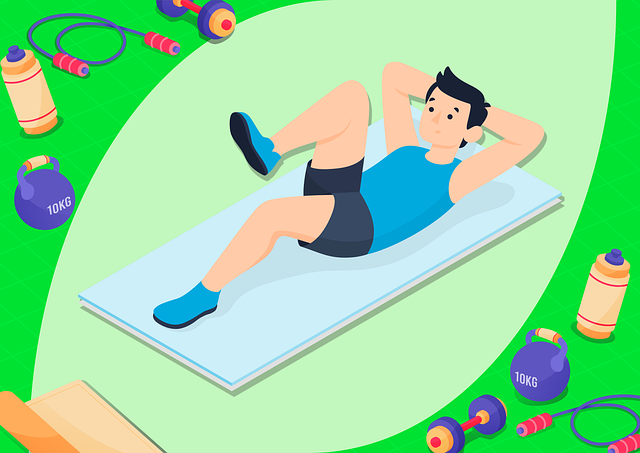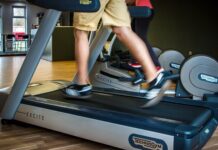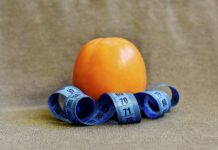Introduction
One of the common questions people have when embarking on a weight loss journey is where they will notice changes first. While weight loss patterns vary from person to person, there are certain areas where changes may be more noticeable early on. In this step-by-step guide, we’ll explore the typical areas where individuals tend to lose weight first and provide insights on how to track their progress effectively.
Understand Individual Weight Loss Patterns
It’s important to recognize that weight loss is a highly individualized process. The areas where you lose weight first can be influenced by factors such as genetics, hormonal balance, and your unique body composition.
Know the Common Areas of Early Weight Loss
While there is no definitive rule, many individuals tend to notice weight loss first in the following areas:
- Face and Neck: The face is often one of the first areas to show changes, with a reduction in puffiness and a more defined jawline.
- Abdomen: Belly fat tends to be metabolically active, which means it can respond relatively quickly to changes in diet and exercise.
- Arms: Depending on your body composition, you may notice a reduction in arm circumference as you lose weight.
- Breasts: Some individuals may notice changes in breast size, particularly if they have a higher proportion of body fat in this area.
- Hips and Thighs: For many, these areas tend to be more stubborn and may not show noticeable changes until later in the weight loss process.
Track Changes in Your Measurements
One effective way to monitor your progress is by taking measurements of different areas of your body. Use a soft measuring tape to measure your waist, hips, thighs, arms, and chest regularly. Keep a record of these measurements to track changes over time.
Pay Attention to How Your Clothes Fit
Changes in the way your clothes fit can be a clear indicator of weight loss, even before you see significant changes on the scale. Notice if your clothes feel looser around your waist, hips, or other areas.
Monitor Changes in Body Composition
Weight loss isn’t solely about the number on the scale. Pay attention to changes in body composition, which refers to the ratio of muscle to fat in your body. As you build lean muscle and lose fat, you may notice changes in the way your body looks and feels.
Incorporate Strength Training
Strength training exercises are essential for preserving lean muscle mass during weight loss. Engaging in regular strength training sessions helps tone and define different areas of your body, contributing to a more sculpted appearance.
Stay Consistent with Your Routine
Consistency is key in any weight loss journey. Stick to a balanced diet, engage in regular exercise, get enough sleep, and manage stress effectively. These lifestyle factors collectively contribute to sustainable and healthy weight loss.
Celebrate Non-Scale Victories
While it’s natural to focus on the number on the scale, remember to celebrate non-scale victories. These can include improved energy levels, increased stamina, better sleep, enhanced mood, and a greater sense of well-being.
Be Patient and Kind to Yourself
Weight loss is a gradual process, and it’s important to be patient with yourself. Avoid comparing your progress to others, and focus on your own journey towards improved health and well-being.
Conclusion
Where you lose weight first is influenced by a variety of factors, and it’s important to embrace the uniqueness of your own weight loss journey. By tracking changes in your measurements, paying attention to how your clothes fit, monitoring changes in body composition, incorporating strength training, staying consistent with your routine, celebrating non-scale victories, and being patient with yourself, you can navigate your weight loss journey effectively. Remember, progress is a journey, not a destination, and every positive step towards a healthier you is a significant achievement.





